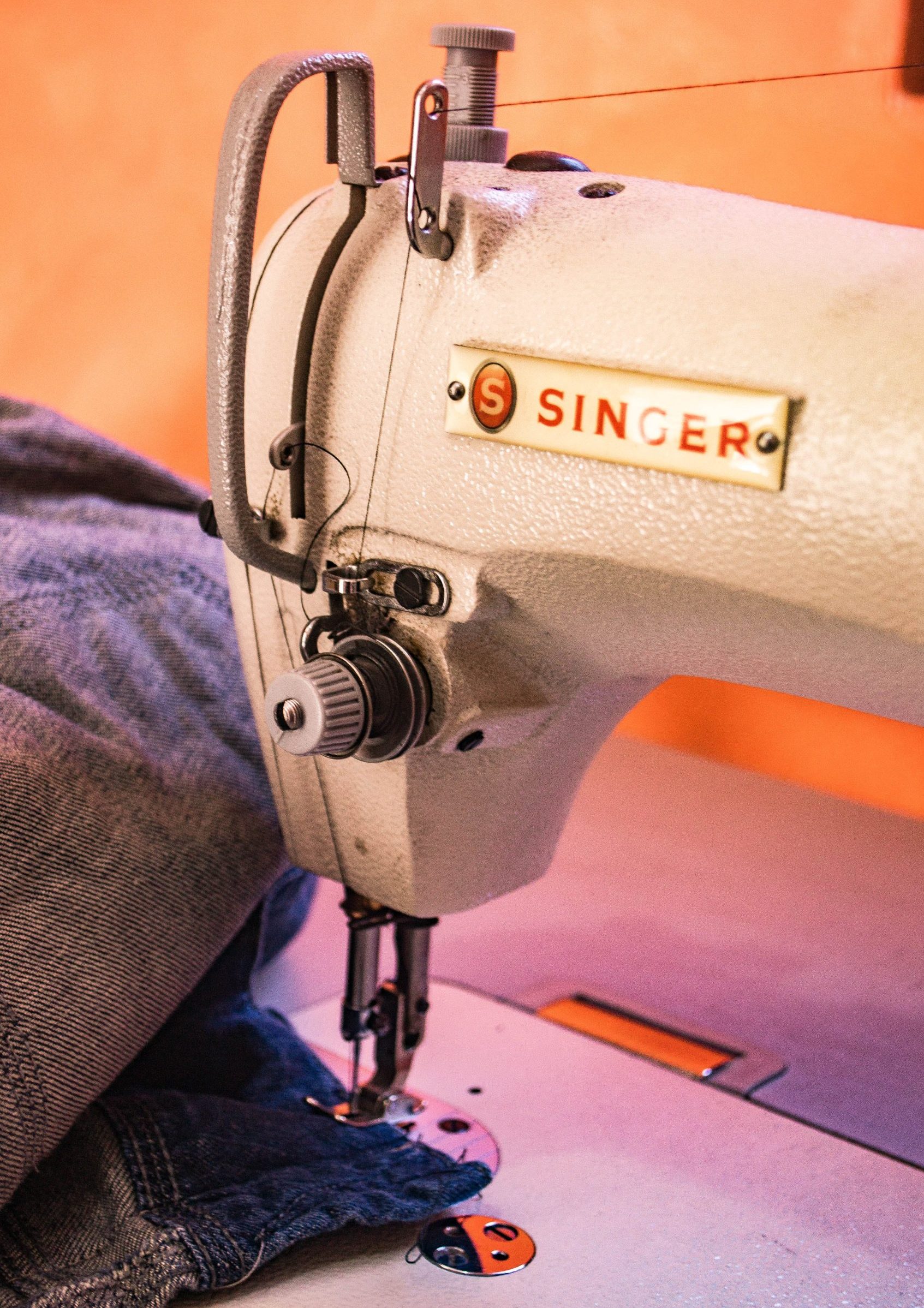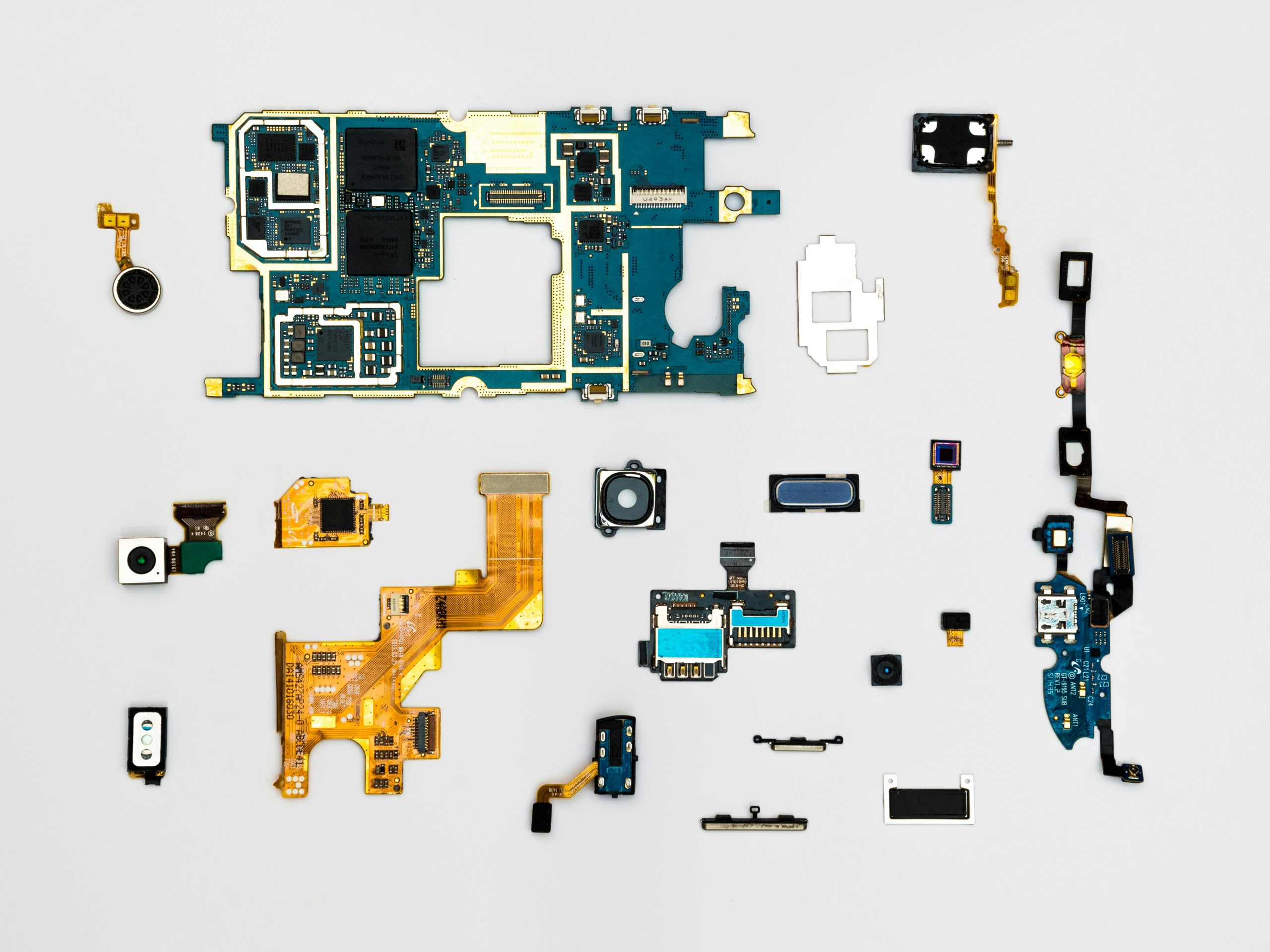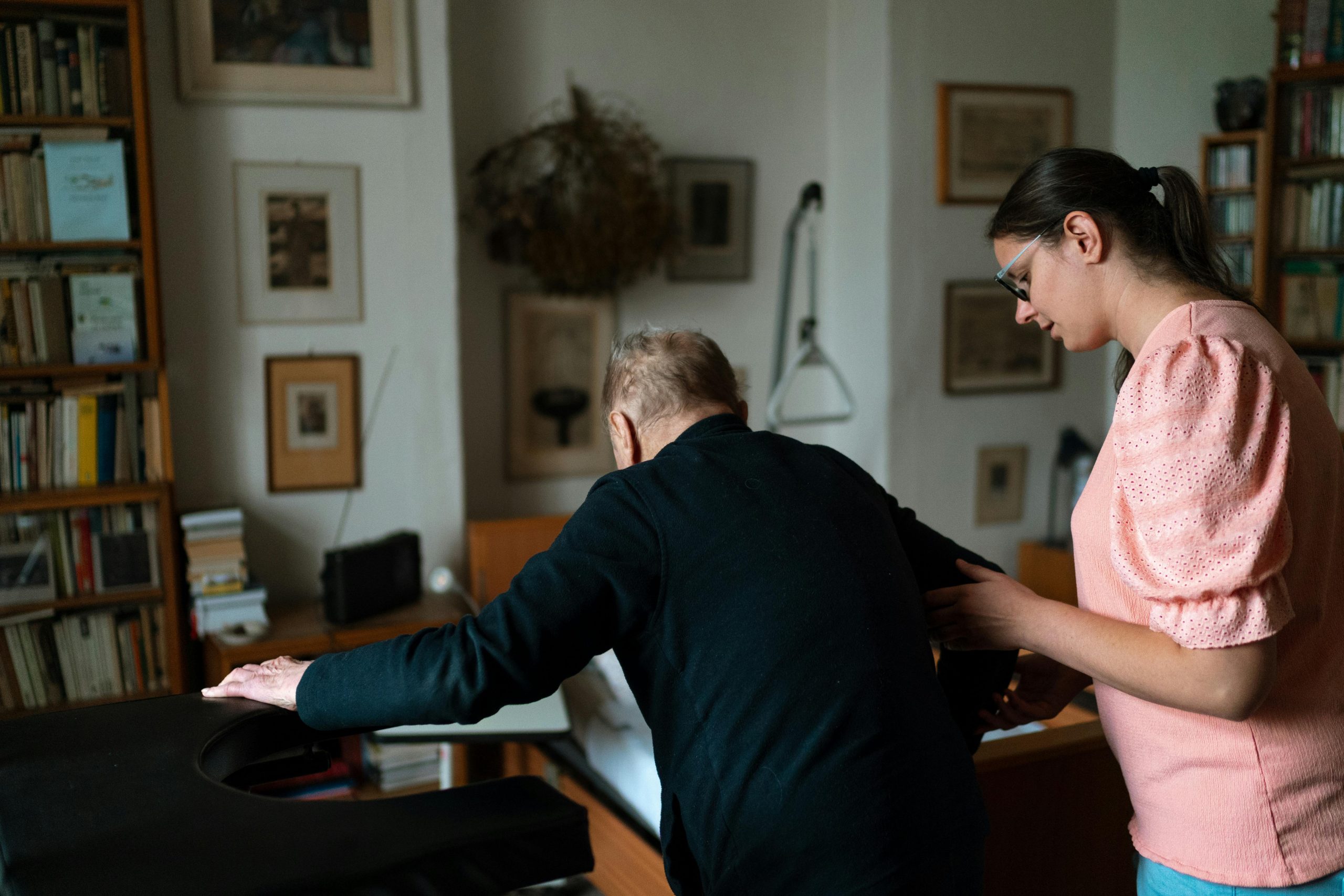From flax seed to jeans pockets: the story of a teacher who turned an ecological vision into a sustainable fashion gem

Justine Aldersey-Williams, a passionate environmentalist and educator, decided to enter the world of custom jeans with a unique story. The entire process, from planting the flax to the final stitches, took three years and required an incredible 600 hours of work. But these aren’t just ordinary jeans – every detail has a story and every stitch bears the imprint of her commitment to ecology.
Aldersey-Williams, a teacher from the UK, didn’t hesitate when she was prompted by her own daughter suffering from climate change anxiety. “I felt the urge to do more,” she confesses. Together with presenter Patrick Grant, they embarked on a project to draw attention to reducing the garment industry’s carbon and waste footprint.
The process of making the jeans was painstaking and difficult, but Aldersey-Williams refused to back down. Instead of traditional cotton, she opted for linen, which requires much less water and is less environmentally demanding. “I was constantly joking that I didn’t know if they were going to be sweatpants or thongs,” she laughs. But the result is beyond expectation – each piece of fabric has a story to tell, from sowing to weaving.
This unconventional way of making jeans stands in stark contrast to the mass “try, pay and wear” approach. Aldersey-Williams stresses that every step was carefully thought out and calculated, from the planting of the flax seeds to the final cut. Despite the difficulties in the process, she feels great in the jeans and considers them a reward for all her efforts.
While it is not possible to scale up this method to a mass scale, it does show us that there are better and more sustainable ways of making clothes. Aldersey-Williams and Grant are now working with a linen grower and dyer who work with natural dyes, and hope they can inspire others to take similarly sustainable steps in the fashion world.
Photo source: www.pexels.com
Author of this article
WAS THIS ARTICLE HELPFUL?
Support us to keep up the good work and to provide you even better content. Your donations will be used to help students get access to quality content for free and pay our contributors’ salaries, who work hard to create this website content! Thank you for all your support!




OR CONTINUE READING